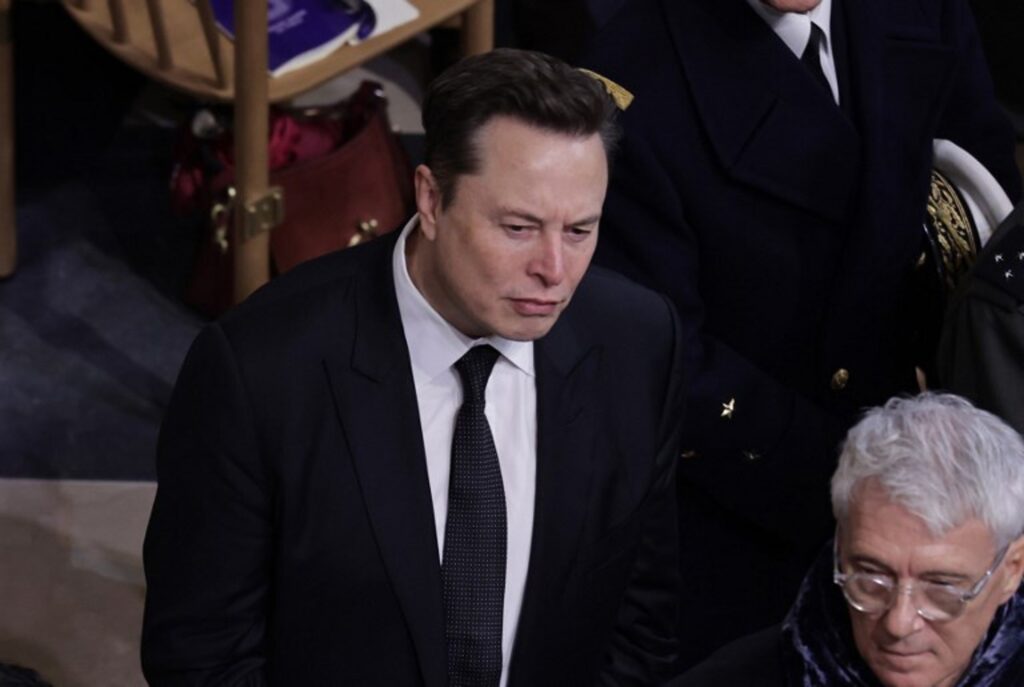Elon Musk, CEO of SpaceX, plans to launch the colossal spacecraft Starship to Mars for the first time at the end of 2026, carrying the humanoid robot Tesla Optimus.
He anticipates that human flights could follow within three to five years.
“The Starship will depart for Mars at the end of next year, with Optimus on board. If the landings go well, human landings could begin from 2029, though 2031 seems more likely,” the billionaire and close associate of former US President Donald Trump posted on his social network X.
Standing 123 metres tall — the height of a 40-storey building — Starship is the world’s largest and most powerful rocket. Its development is part of Musk’s ambition to enable travel to the Moon and Mars. NASA is also awaiting an adapted version of the spacecraft for its Artemis programme, which aims to return astronauts to the Moon this decade.
To successfully complete these missions, SpaceX must first prove the mega-rocket’s reliability, safety for the crew, and capability to refuel in space, which is essential for long-distance missions.
However, on 7 March, SpaceX faced another setback during its latest test flight. As in January, the second stage of the Starship exploded, although the first stage safely landed back on Earth. Since then, the FAA has subjected the resumption of launches to an investigation by SpaceX.

